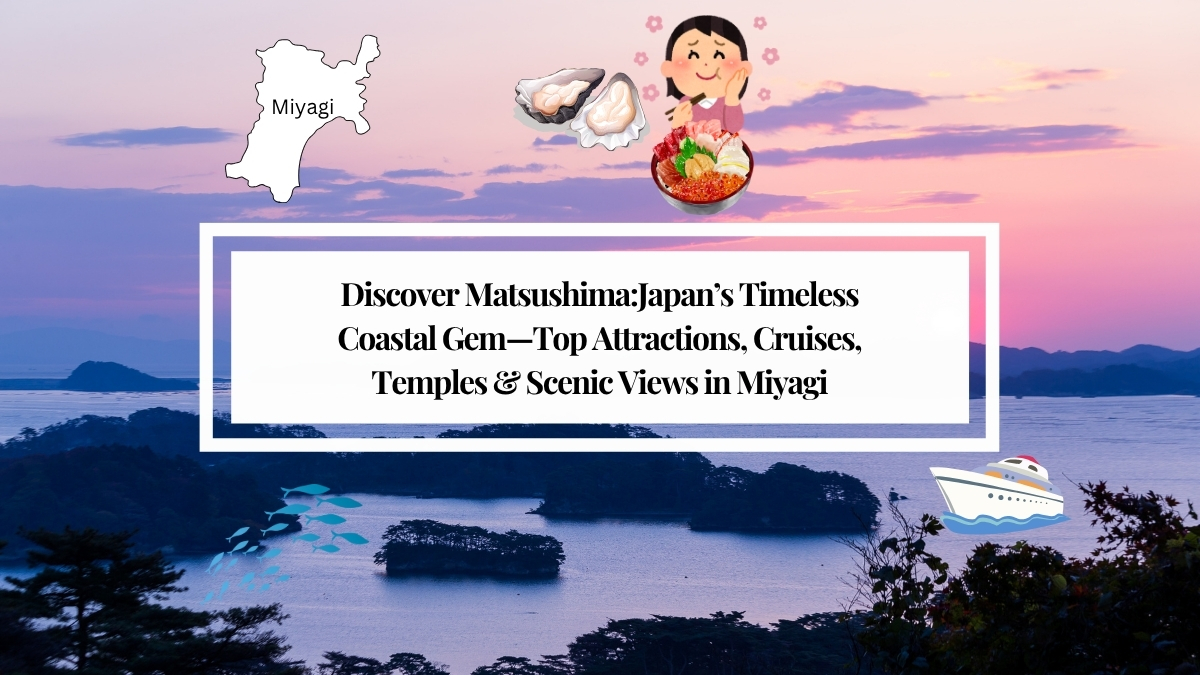Matsushima, located in Miyagi Prefecture, is one of Japan’s Three Most Scenic Views (Nihon Sankei), alongside Amanohashidate in Kyoto and Miyajima in Hiroshima. First celebrated in the 17th century by Confucian scholar Hayashi Razan, Matsushima’s beauty lies in its breathtaking bay scattered with over 260 pine-clad islands of various shapes and sizes. These islets—such as Nioh Island, Kane Island, Futago Island, and the whimsically named Frog Island—were once hilltops, now transformed into islands by ancient tectonic activity and centuries of coastal erosion.
With easy access from Sendai and the Tokyo metropolitan area, Matsushima draws over 3 million visitors annually. Whether you come for its iconic views, historic temples, island cruises, or poetic ambiance, Matsushima is a place where Japan’s natural beauty, history, and cultural heritage merge—an unforgettable experience for travelers of all generations.
Zuiganji Temple 瑞巌寺
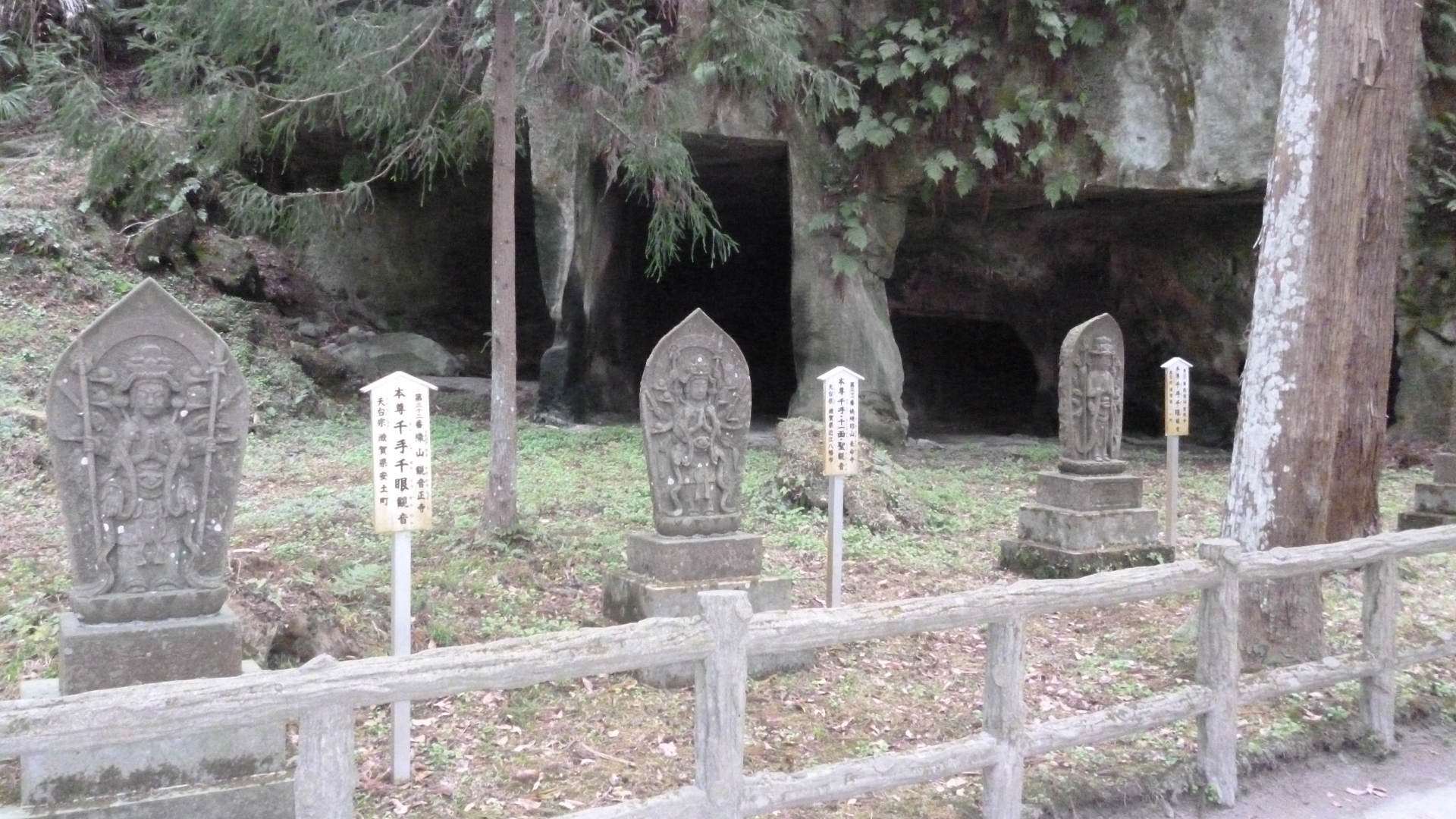
Nestled in the scenic coastal town of Matsushima, Zuiganji Temple stands as a timeless symbol of Japan’s spiritual and cultural heritage—and is itself designated as a National Treasure. Originally established in the early 9th century and later revived by the powerful feudal lord Date Masamune in the early 1600s, this Zen temple showcases the grandeur of Momoyama-period architecture. The main hall and kitchen corridor—both individually recognized as National Treasures—offer visitors a rare glimpse into historical craftsmanship, adorned with golden sliding doors and intricate woodwork.


As you stroll through the temple grounds, you’ll encounter the mysterious cave sanctuaries carved during the Kamakura to Edo periods, once used for memorial services and still holding statues and stone monuments. These caves, alongside the temple’s richly decorated interiors, echo the deep religious and artistic legacy of the region. Whether you’re drawn by its architectural splendor or spiritual ambiance, a visit to Zuiganji is a journey into the very heart of Japan’s feudal past.
Godaido Temple 五大堂

Godaido is a striking historical temple hall that serves as a symbolic gateway to Matsushima Bay. Originally founded in 807 by the military commander Sakanoue no Tamuramaro during his campaign to northern Japan, it was later renamed after the monk Ennin enshrined the Five Wisdom Kings (Godai Myōō) in 828. The current structure, rebuilt in 1604 by Date Masamune—the powerful feudal lord of Sendai—is the oldest surviving example of Momoyama-style architecture in the Tōhoku region and is designated as an Important Cultural Property of Japan.

The hall is surrounded by carved zodiac figures representing the twelve signs of the Chinese calendar, which visitors can discover as they circle the structure. One of Godaido’s most distinctive features is the Sukashi Bridge, or “see-through bridge,” a pair of vivid red bridges with open slats in the floor, offering a thrilling view of the water five meters below.
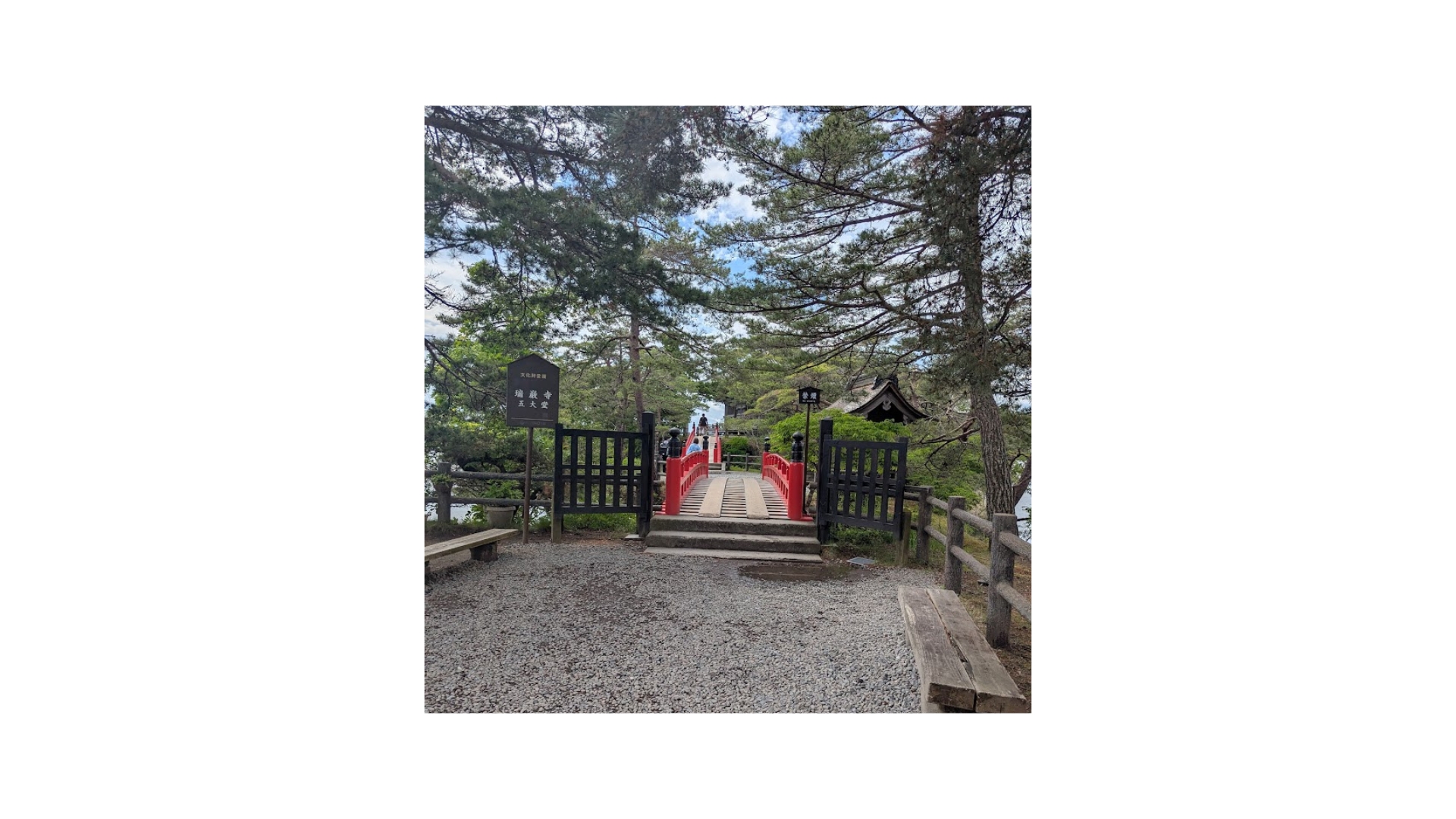
These bridges symbolize purification and self-reflection before entering a sacred space. Facing directly onto the scenic Matsushima Bay, Godaido also offers panoramic views of sightseeing boats, the elegant Fukuurabashi Bridge, and lush Fukuurajima Island—making it not only a spiritual site but also a premier photo spot for travelers. Notably, the enshrined statues of the Five Wisdom Kings are revealed to the public only once every 33 years, with the next viewing scheduled for 2039.
Entsuin Temple 円通院

Entsuin Temple, located in the historic town of Matsushima, is a serene and picturesque sanctuary built in 1647 as the mausoleum of Mitsumune Date, the beloved grandson of the famed feudal lord Date Masamune. The mausoleum, the oldest of its kind in Miyagi Prefecture, remained hidden from public view for over 350 years and is now recognized as an Important Cultural Property of Japan. Visitors approach the temple along a moss-covered path that resembles a lush green carpet, offering a tranquil prelude to the temple’s treasures. In autumn, the vibrant foliage and evening illuminations transform the temple grounds into a breathtakingly ethereal landscape. Entsuin is also celebrated for its exquisitely maintained gardens, such as the “Garden of Heaven Beyond the Clouds” and the “Zen Meditation Garden of Sankeidō Hall,” each offering a unique aesthetic and spiritual experience. Particularly notable is the “White Peak Garden,” where over 100 varieties of roses bloom—earning the temple the affectionate nickname, “The Rose Temple.” A visit to Entsuin blends natural beauty, historic reverence, and peaceful contemplation, making it a memorable stop for travelers exploring Japan’s cultural heartland.

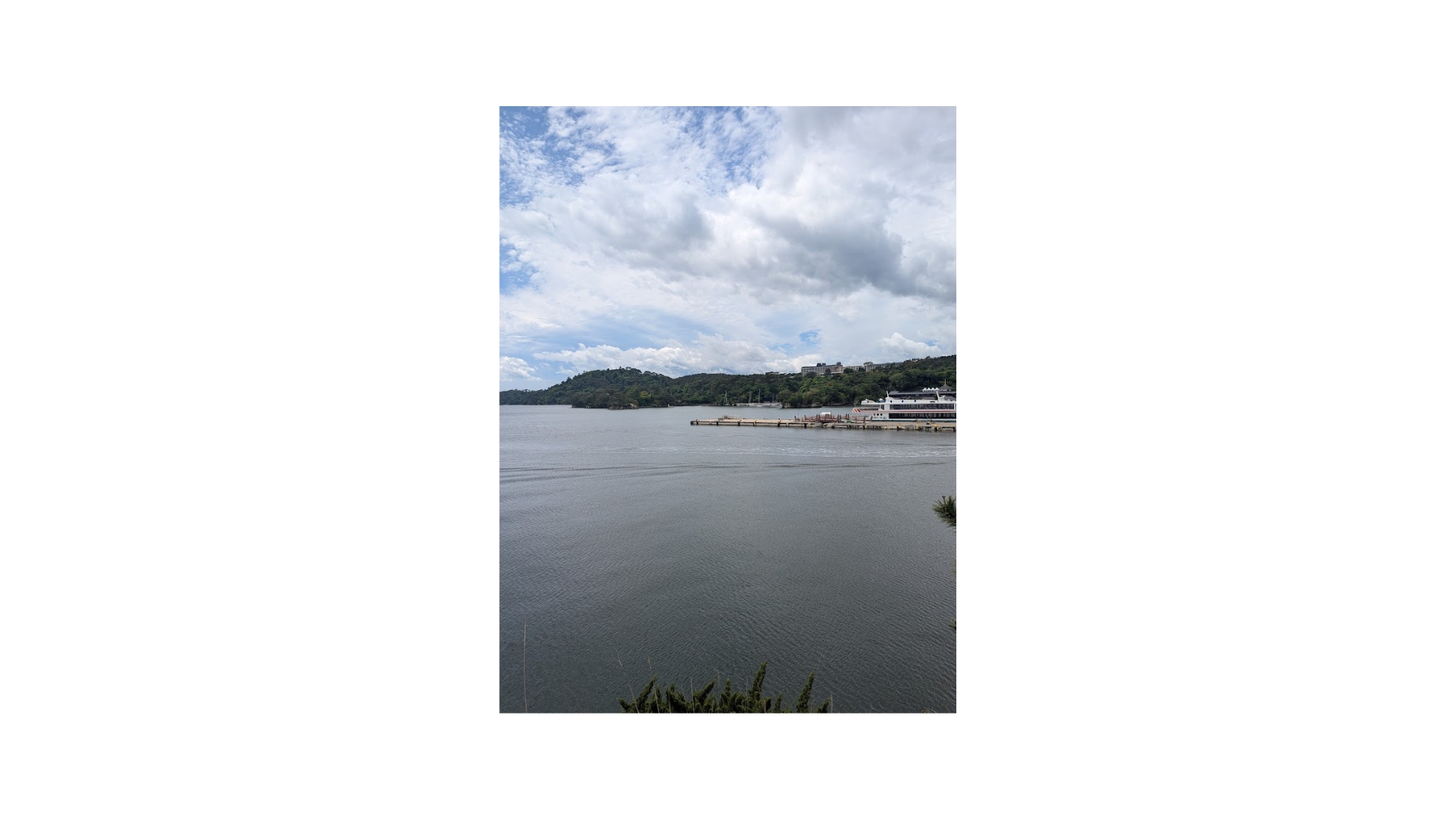
Matsushima Bay 松島湾
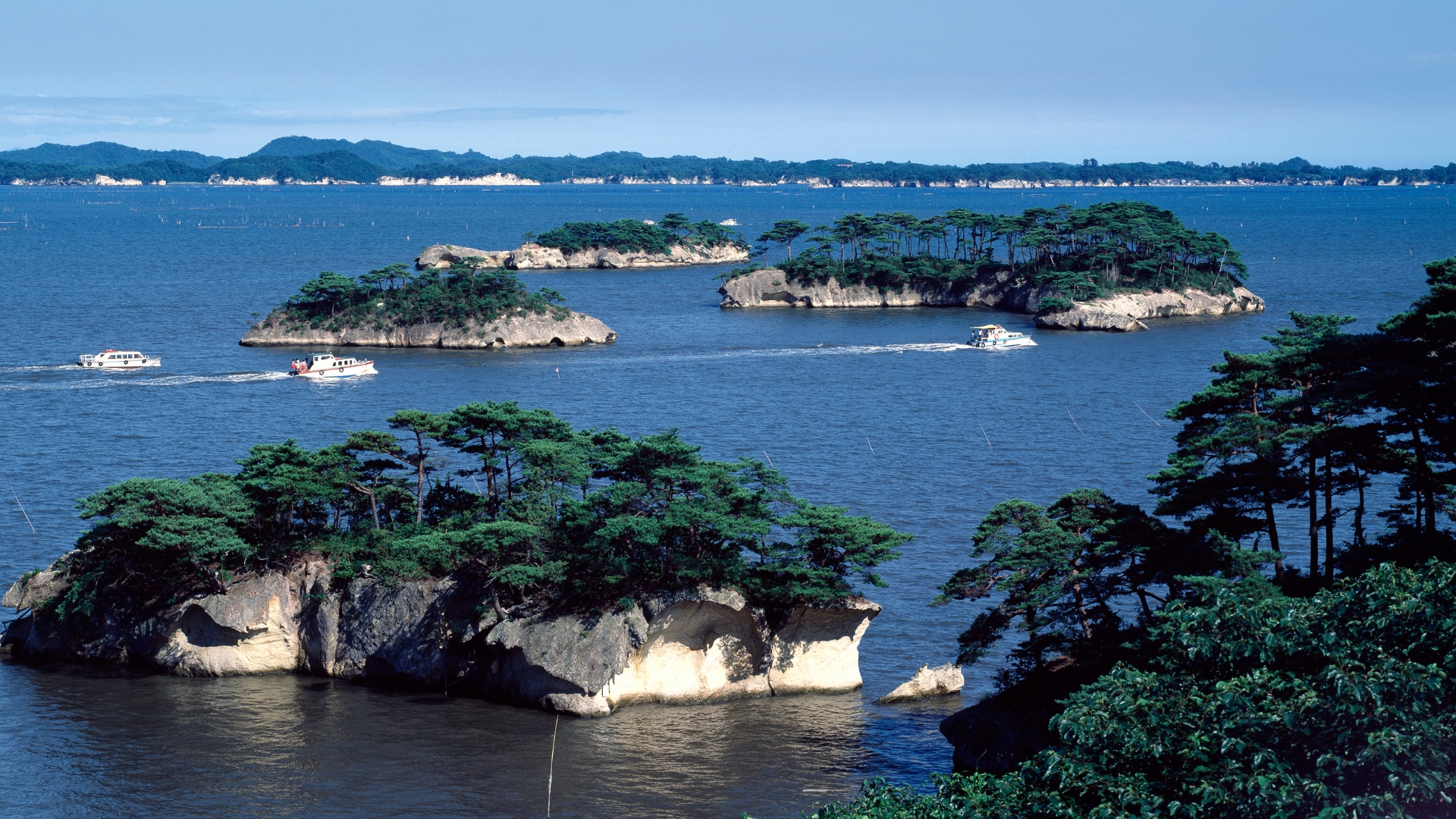
Matsushima Bay, renowned as one of Japan’s “Three Most Scenic Views” (Nihon Sankei), captivates visitors with its breathtaking seascape dotted with over 260 small islands. Formed when hilltops were submerged by the sea, the bay presents a unique and tranquil natural beauty that has inspired poets and artists for centuries. One of the best ways to experience Matsushima’s charm is aboard a sightseeing cruise, which takes about an hour to circle the bay and offers stunning panoramic views from the water. Conveniently located just a 7-minute walk from JR Matsushima-Kaigan Station, the departure point is easily accessible for travelers. Along the coast, you’ll find a vibrant array of local eateries specializing in Matsushima’s culinary pride—fresh oysters. These restaurants offer creative variations of oyster dishes, each competing to deliver the most memorable flavor. A visit to Matsushima Bay is not only a visual delight but also a treat for the palate, blending scenic wonder with rich local culture.
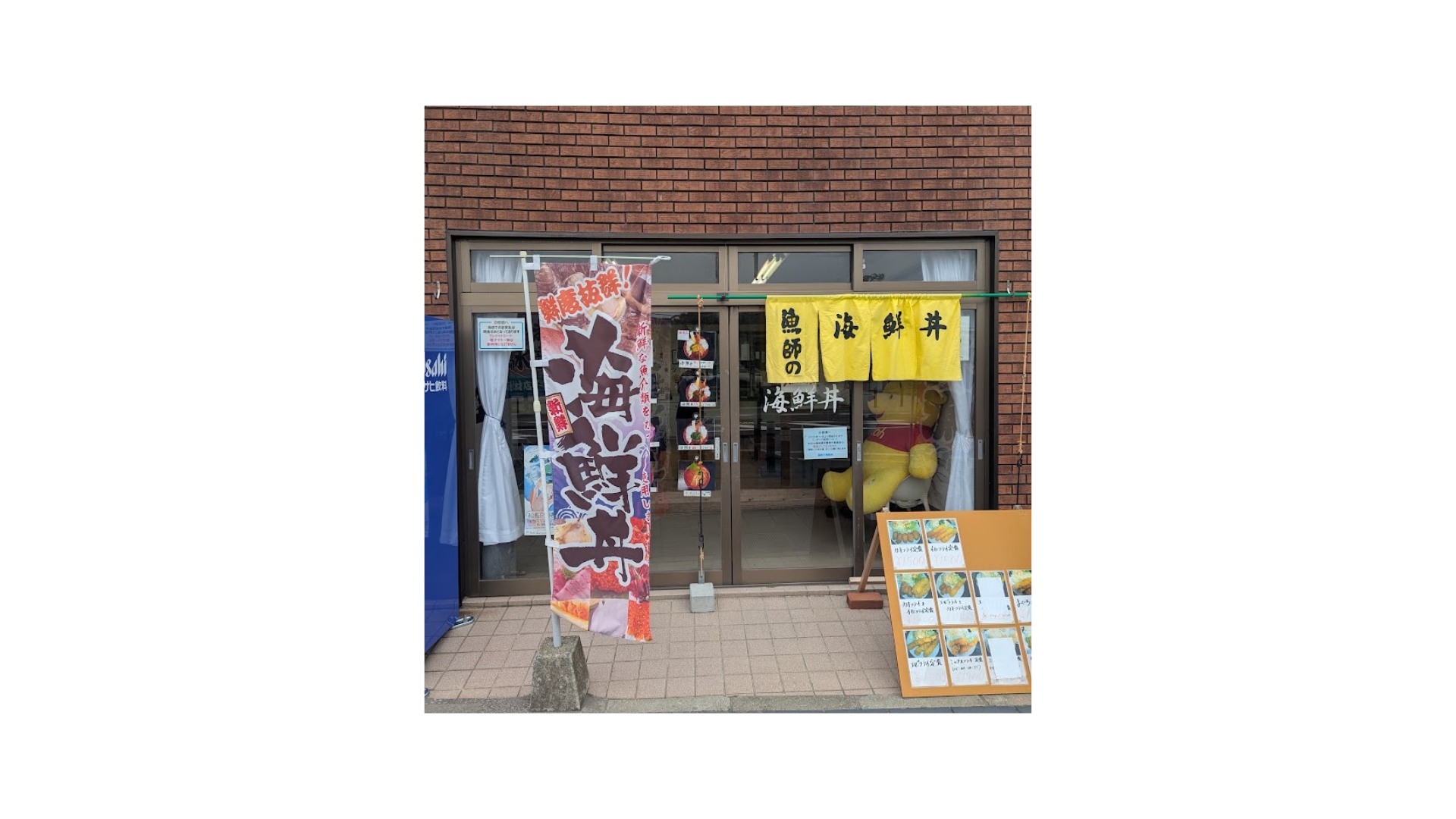
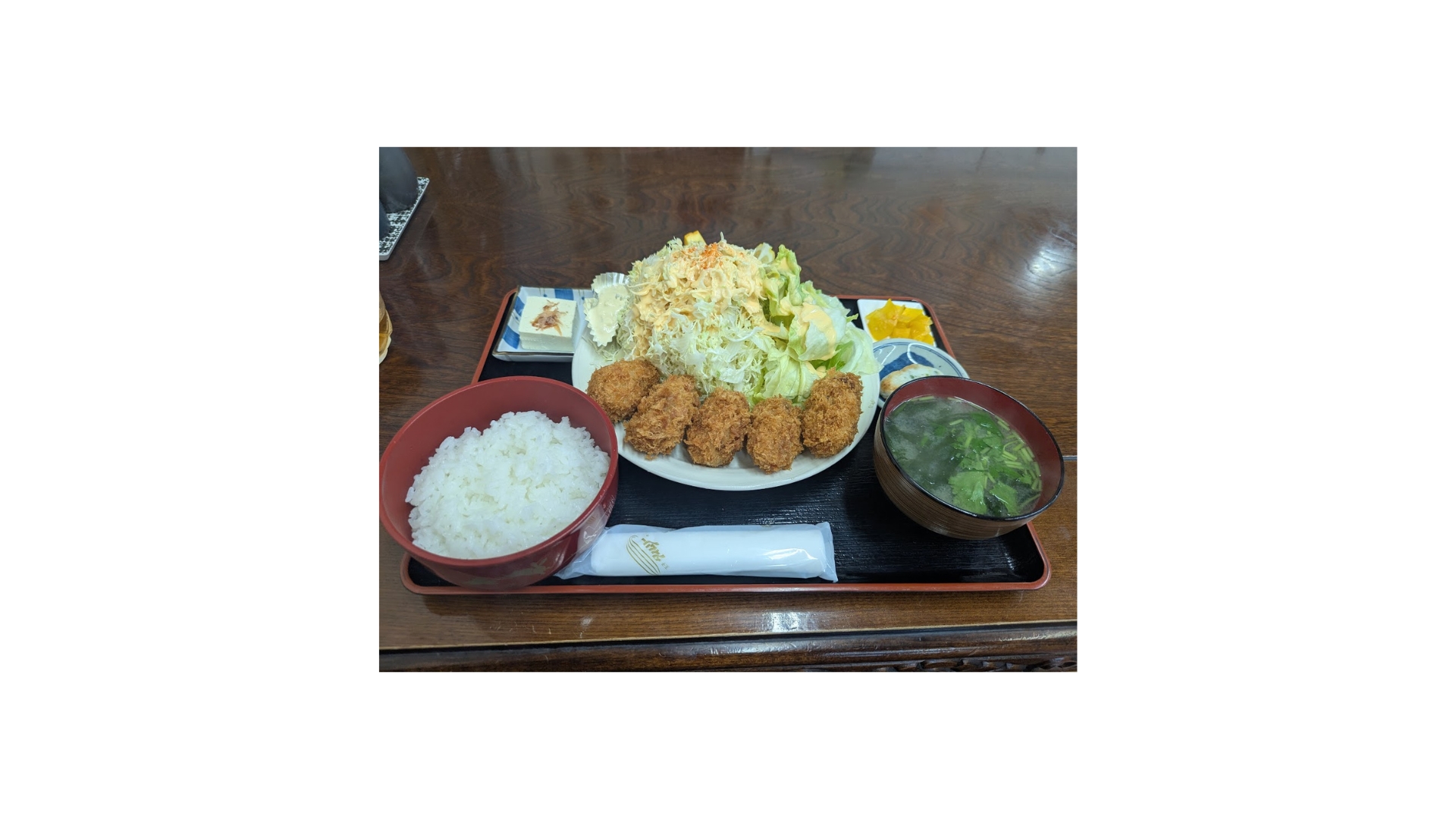
Matsushima Kaigan Green Plaza 松島海岸グリーン広場
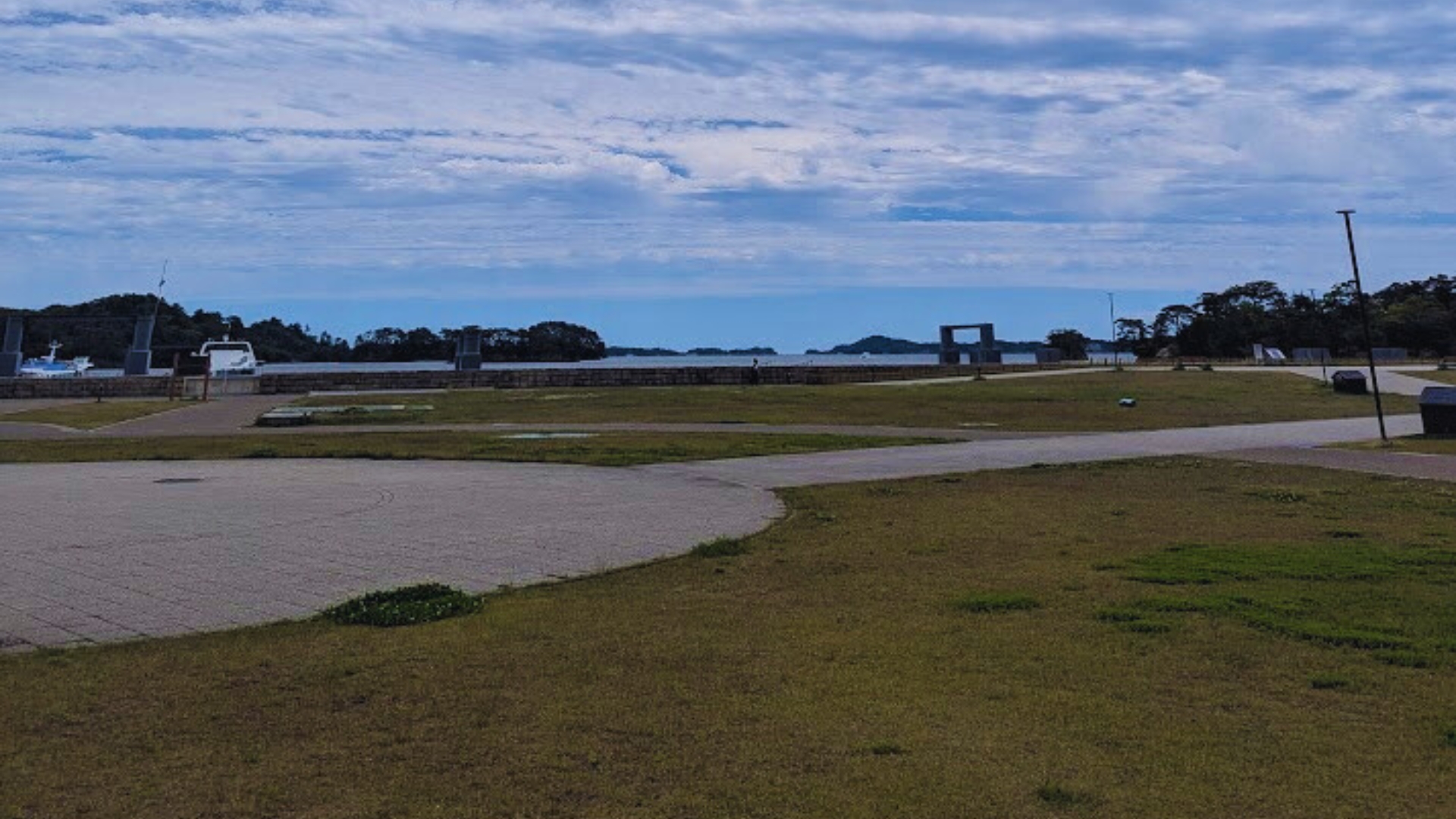
Matsushima Kaigan Green Plaza is a scenic waterfront park that offers a relaxing escape right along the shores of Matsushima Bay. Conveniently located near the sightseeing boat pier and adjacent to a rest house, the plaza serves as a vibrant hub for both locals and visitors. The spacious Central Plaza buzzes with activity and is a popular meeting point, while the expansive Green Plaza invites guests to unwind on the lawn, enjoy a picnic, or take a leisurely stroll surrounded by nature. Also connected to the Namiuchihama Park, this open space is part of a larger park network seamlessly linked by walkways that lead to some of Matsushima’s iconic attractions, including Godaidō, Fukuura Island, and Oshima. Whether you’re taking a break between sightseeing or simply looking to relax with a stunning bay view, Matsushima Kaigan Green Plaza is the perfect spot to soak in the tranquil atmosphere of this famed coastal destination.
Matsushima Bay Cruise 松島湾クルーズ
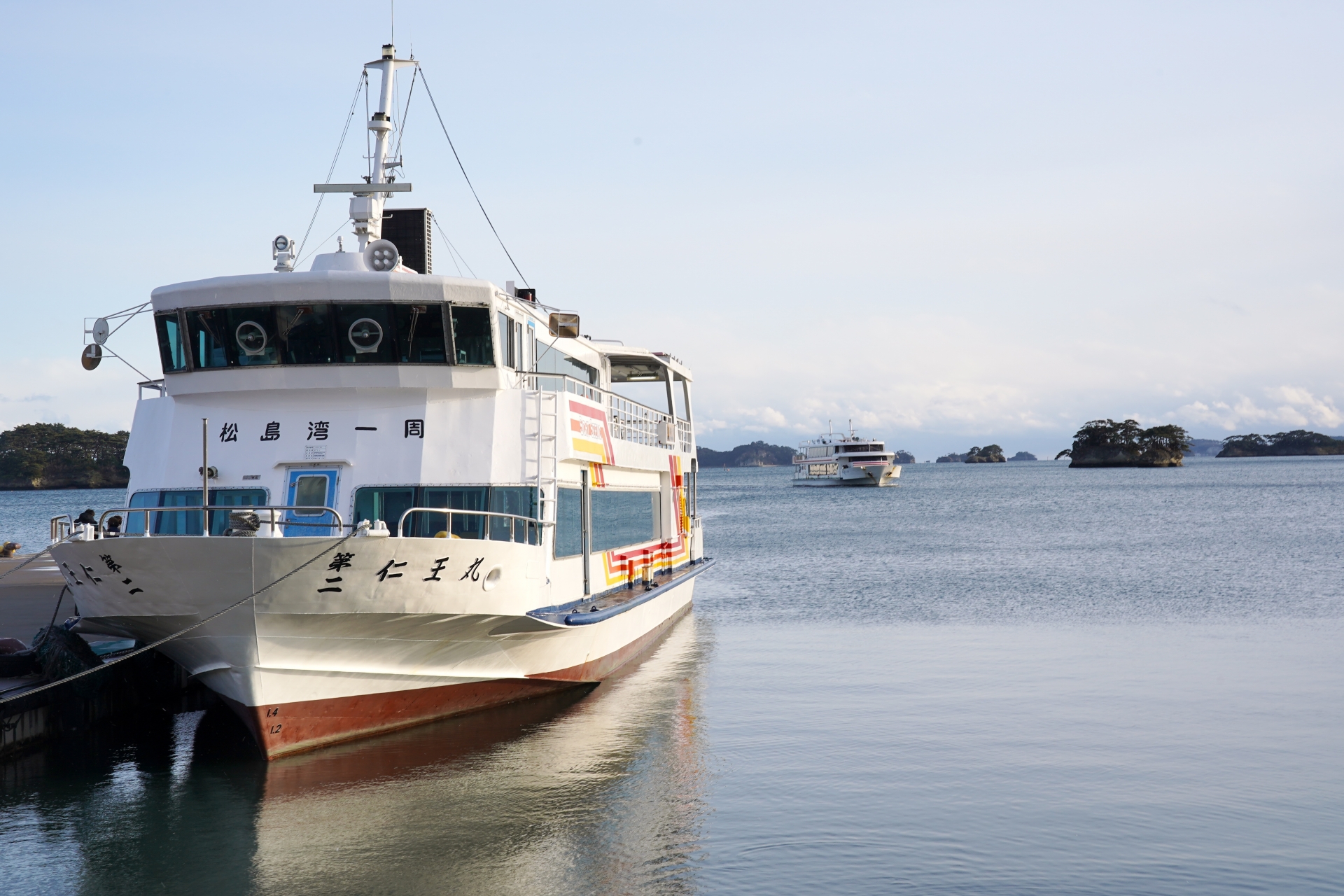
A visit to Matsushima—celebrated as one of Japan’s Three Most Scenic Views—would not be complete without a Matsushima Bay Cruise. Departing from the sightseeing pier near Matsushima Kaigan, this scenic boat tour offers a unique and immersive perspective of the bay’s over 260 islands. Among the highlights are dramatic natural formations such as Nioh Island and Yoroi Island, whose rugged cliffs and seasonal changes showcase the dynamic beauty of this coastal landscape. Popular courses, like the Niohmaru Route, span approximately 17 kilometers and glide past iconic islands including Kanezawa, Kageto, and Funairi, some of which harbor ancient Jomon-period relics or are inhabited to this day. For those seeking more adventurous views, extended cruises explore the dramatic ria coastline of Oku-Matsushima and the scenic Saga Gorge, one of Japan’s Three Great Gorges. Special themed cruises—featuring fireworks, New Year’s sunrise viewings, or winter oyster hot pots—add a festive flair to the voyage. Offering sights only visible from the water, the Matsushima Bay Cruise provides an unforgettable journey through a timeless seascape shaped by nature and history.
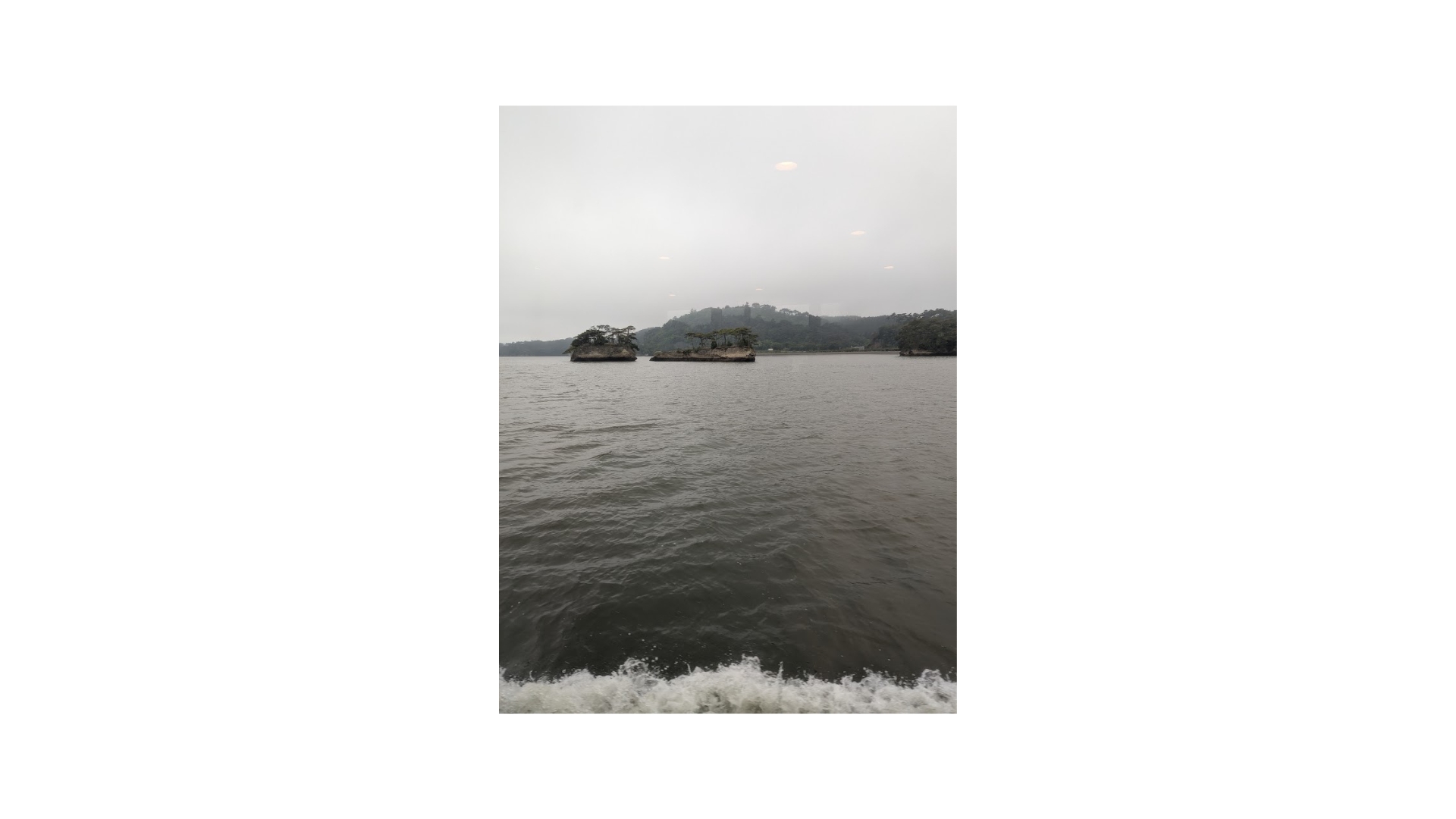
Niojima 仁王島

Niojima is one of the most iconic natural landmarks of Matsushima Bay, named for its resemblance to a Nio guardian statue—a form shaped over centuries by the erosive power of wind and waves. This striking rock formation, sculpted by nature’s hand, stands as a dramatic symbol of the bay’s wild beauty and is often featured in photos and paintings of the region. The best way to appreciate Nioh Island’s unique silhouette is from the water; sightseeing cruises offer spectacular views from multiple angles, especially on the popular Matsushima Bay Cruise routes. For a panoramic perspective, the island can also be admired from Matsushima’s celebrated “Shidaikan” viewpoints, which frame the island from the north, south, east, and west—each offering a distinct and breathtaking composition. Nioh Island’s timeless majesty makes it a must-see for nature lovers, photographers, and anyone looking to experience the profound beauty of Japan’s coastal landscapes.
Oshima 雄島
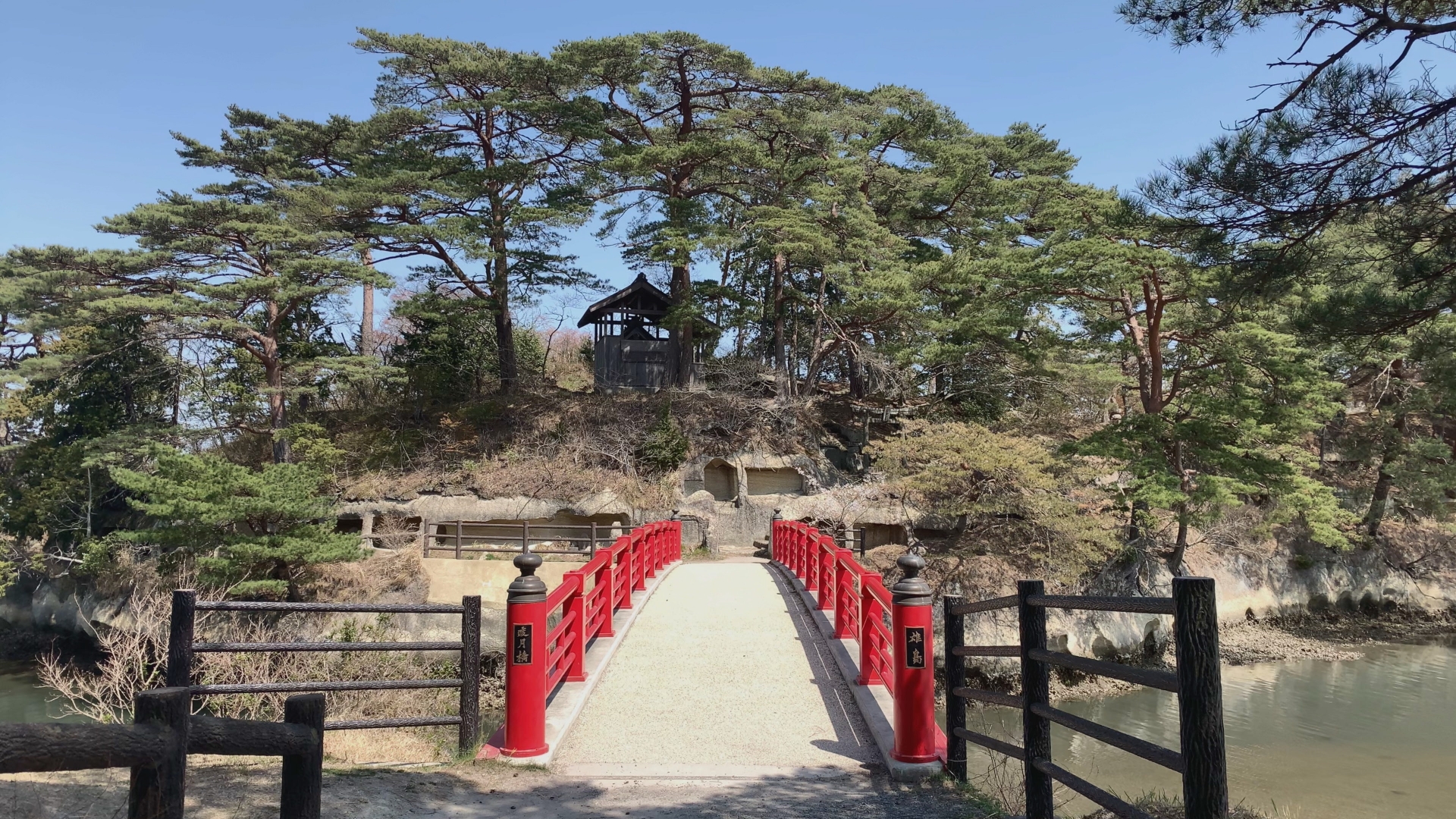
Oshima, a small yet spiritually rich island in Matsushima Bay, has long been revered as a sacred site for memorial rites and prayers for the departed. Once known as the “Kōya of Northern Japan” (referring to the famed Mount Kōya), Oshima was home to 108 stone caves carved into its rocky surface—about 50 of which remain today. These grottoes house statues of Buddhas and gorintō (five-ringed stupa memorials), each created to aid the souls of the deceased in reaching the Pure Land. Visitors will also find historical landmarks like a stone monument honoring the legacy of Raiken, a monk who spent 22 years in unbroken meditation on the island, and a haiku monument commemorating the renowned poet Matsuo Bashō. The island is connected to the mainland by Togetsukyō Bridge, often called the “Bridge of Severing Ties,” believed to symbolically cut off negative relationships. Although it suffered damage during the 2011 Great East Japan Earthquake, the bridge was beautifully restored in 2013. Today, Oshima offers a peaceful forested escape, surrounded by pine trees and featuring breathtaking views of the surrounding islets of Matsushima Bay—making it a serene and reflective destination for nature lovers and history enthusiasts alike.
Fukuura Bridge 福浦橋
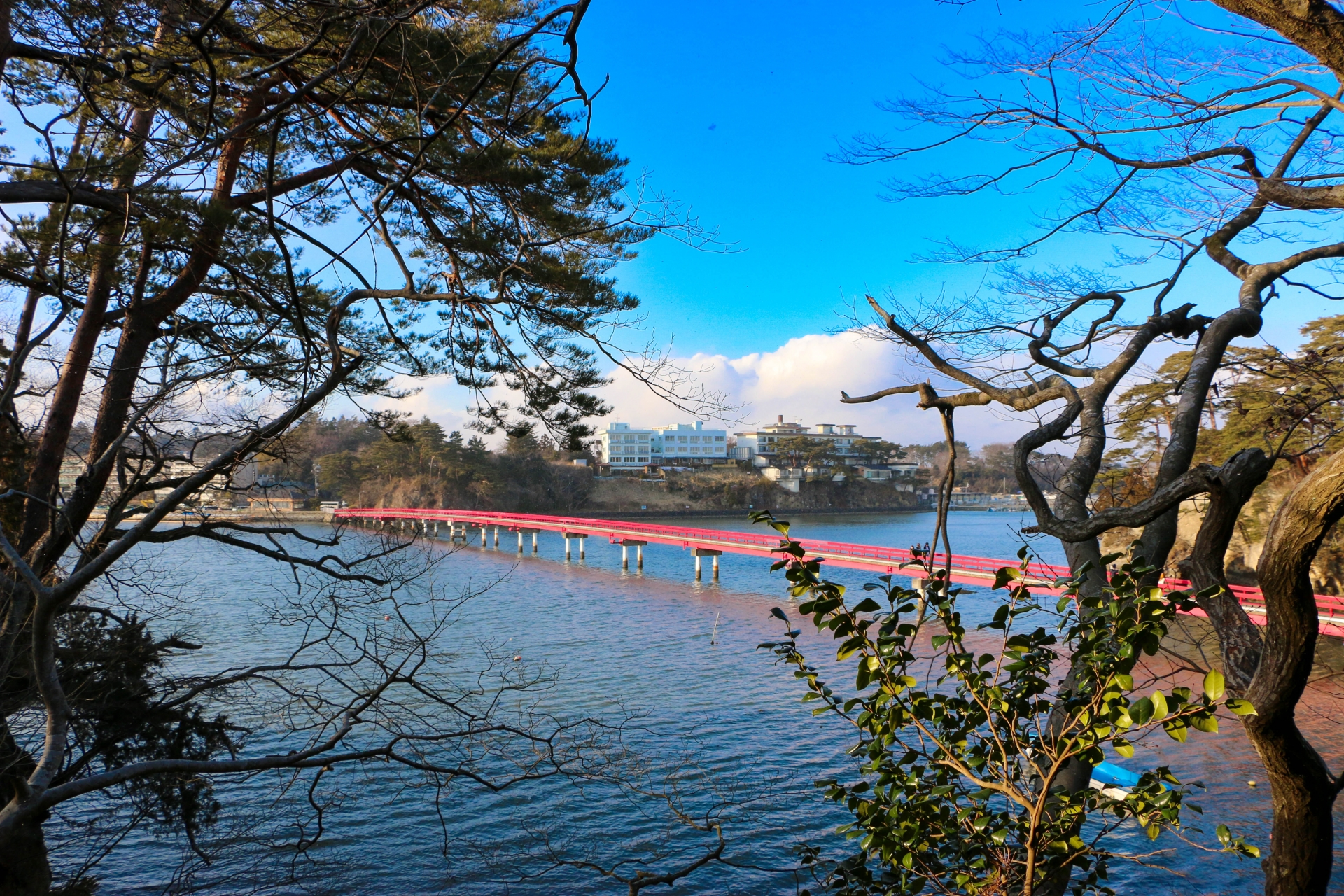
Stretching 252 meters in vivid red across the waters of Matsushima Bay, Fukuura Bridge is a striking pedestrian bridge that leads to Fukuura Island, part of a designated prefectural nature park. Often referred to as the “Bridge of Encounters,” it is cherished not only by couples but also by those seeking new and meaningful connections in life. Once across the bridge, visitors are welcomed into the serene beauty of Fukuura Island, known for its seasonal flora and scenic walking trails that offer an immersive experience with nature year-round. Although the bridge sustained damage during the Great East Japan Earthquake, it was fully restored in 2012 and continues to serve as both a tranquil retreat and a local favorite for leisurely strolls. An observation deck on the island offers sweeping views of the bay and the full length of the bridge—especially stunning when the area is blanketed in snow during winter, revealing a different kind of charm from each season. Whether you’re a traveler seeking picturesque landscapes or a peaceful walk immersed in nature, Fukuura Bridge and Island promise a memorable and soul-soothing experience.
Saigyo Modoshi no Matsu Park 西行戻しの松公園
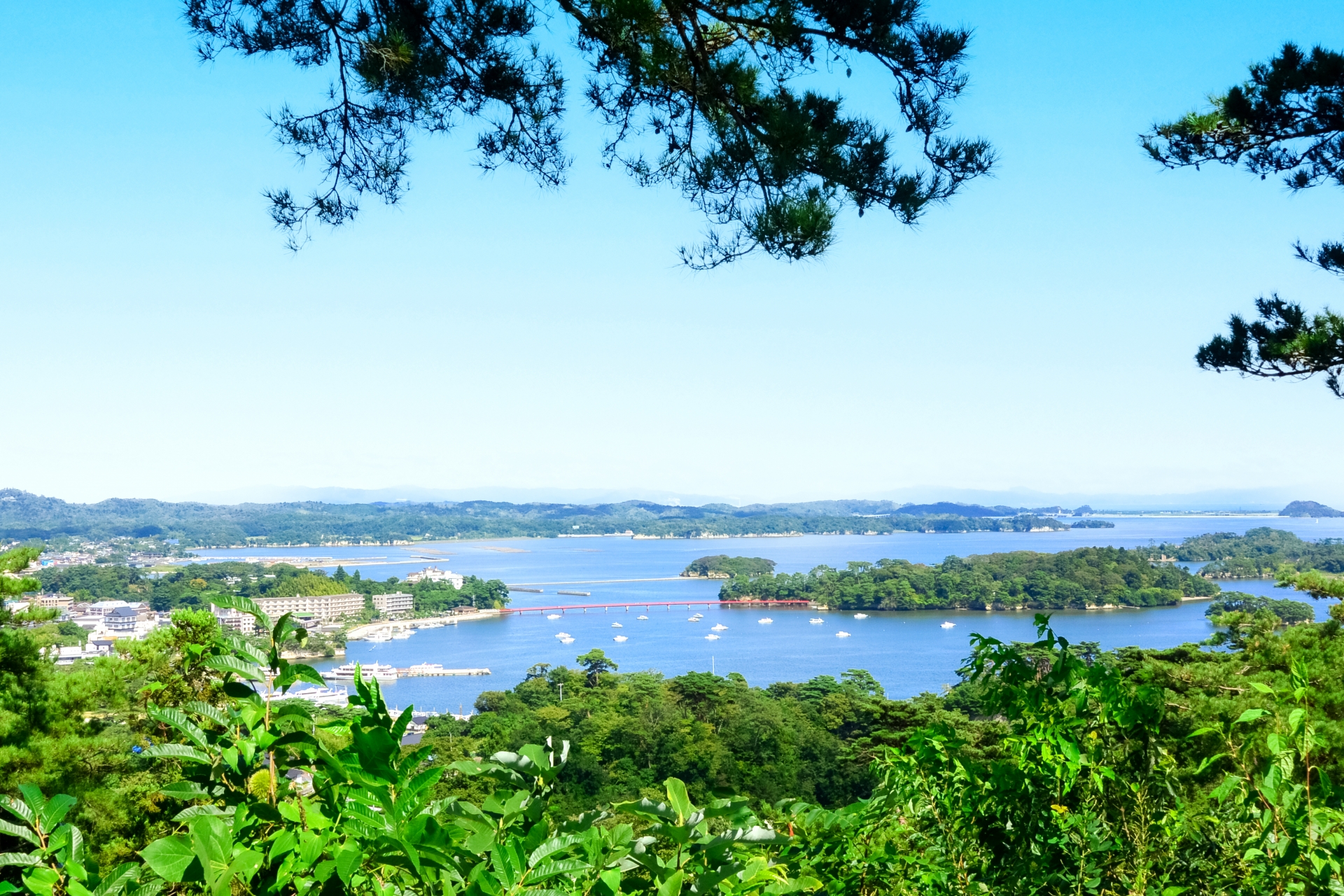
Perched on a hillside opposite the Matsushima coastline, Saigyōmodoshi-no-Matsu Park offers one of the most breathtaking panoramic views of Matsushima Bay. This picturesque park is named after Saigyō Hōshi, a revered 12th-century poet and monk, who is said to have once engaged in a profound Zen dialogue with a mysterious child beneath a grand pine tree here. After losing the exchange, he turned back on his journey to Matsushima, giving rise to the park’s poetic name, which translates to “The Pine That Made Saigyō Turn Back.” Today, that very pine—larger and more prominent than the others—is preserved near the entrance and serves as a cultural touchstone.
Within the park, over 260 cherry trees burst into bloom each spring, transforming the landscape into a sea of pink with the bay’s glittering waters as a backdrop—a breathtaking spectacle that draws photographers and nature lovers from around the world. In autumn, vibrant foliage takes center stage, offering a warm contrast to the coastal blues. A scenic café on-site allows visitors to savor coffee and desserts while soaking in the view. Though the climb is steep, a taxi from the nearest station is recommended for easier access. Saigyōmodoshi-no-Matsu Park is not only a destination of seasonal beauty, but also a site steeped in poetic legend and timeless serenity—an ideal spot for reflection, history, and unforgettable scenery.
Miyagiken Matsushima Rikyu 宮城県 松島離宮
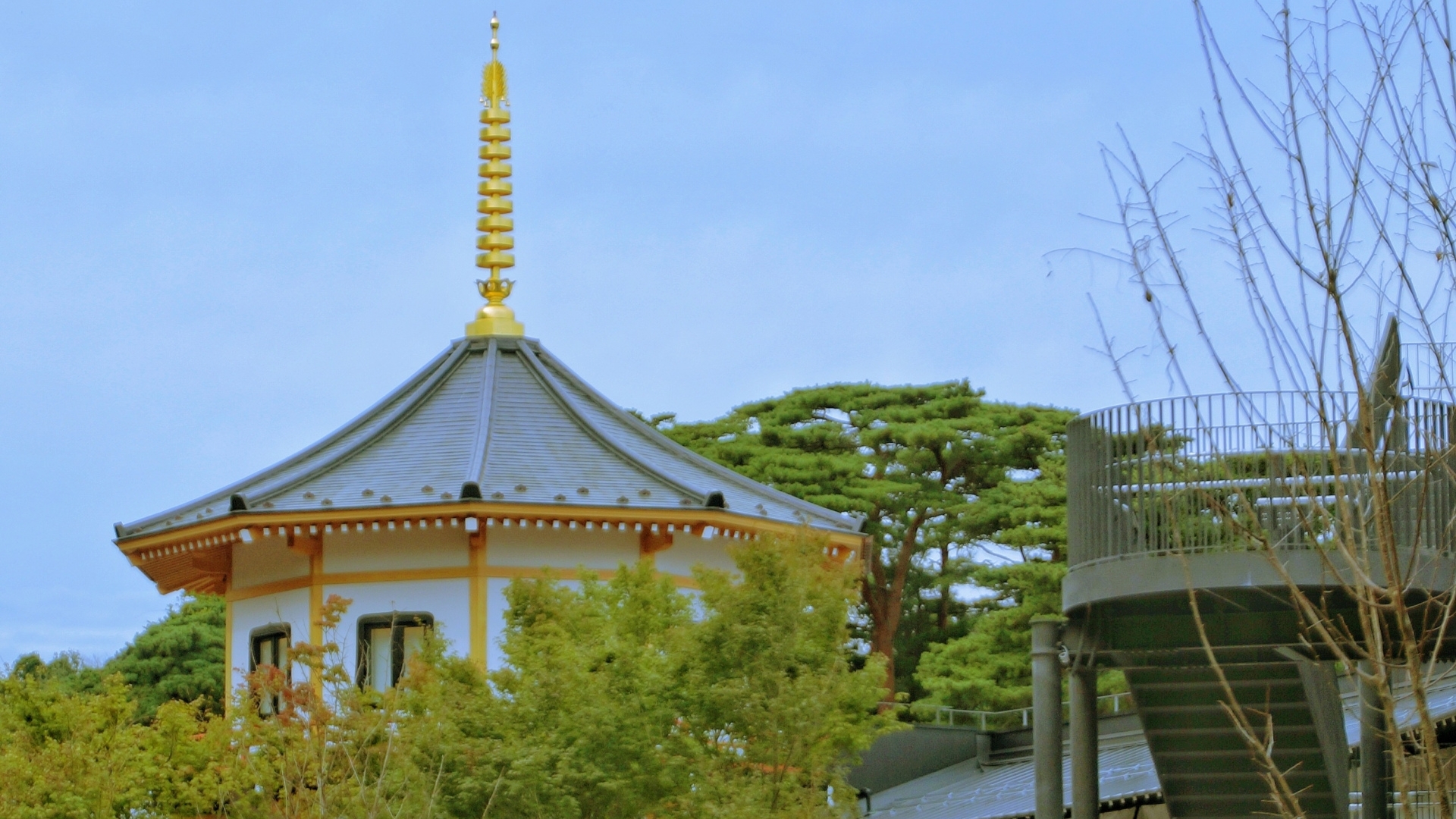
Opened in 2020 on the former site of the Marinepia Matsushima Aquarium, Matsushima Rikyu is a vibrant cultural and commercial complex that redefines the Matsushima experience with its blend of tradition, nature, and innovation. Overlooking the picturesque bay from its Sky Rooftop Garden, this modern landmark invites visitors to savor panoramic views of the legendary island-dotted seascape. Inside, a variety of attractions await: taste the finest seafood from the Sanriku coast at local eateries, explore regional history at the Matsushima Rikyu Museum, or browse specialty shops filled with local crafts and gourmet products. The facility also offers hands-on cultural workshops—from bamboo chopstick crafting to kokeshi doll painting—welcoming visitors of all ages to connect with the area’s artisanal heritage.
A highlight of the grounds is the beautifully landscaped Japanese garden, complete with Japan’s only decagonal three-story tower, tranquil shrines, and seasonal features such as a shallow summer pool and magical illuminations in autumn and winter. The garden’s Hope Bell (Carillon Bell) and romantic atmosphere earned it designation as a “Lover’s Sanctuary Satellite” in 2022, making it a popular spot for couples. Whether you’re here for a romantic outing, cultural discovery, or simply to relax, Matsushima Rikyu offers countless ways to “discover experiences you’ve never had before”—cementing its place as a must-visit destination and a modern jewel in the timeless beauty of Matsushima.
Matsushima Fish Market 松島さかな市場

For seafood lovers visiting Japan’s scenic Matsushima Bay, the Matsushima Fish Market is a culinary paradise you won’t want to miss. Located in the heart of Matsushima, this bustling market is a treasure trove of fresh marine delicacies from the rich waters of the Sanriku coast. With over 1,500 varieties of seafood on offer, it serves both as a top destination for travelers seeking souvenirs and as a go-to shopping spot for local residents. Upstairs, a spacious eat-in area lets visitors savor freshly prepared dishes on-site—from vibrant seafood rice bowls and grilled specialties to unique offerings like shark fin ramen. The menu is diverse, making it easy to find something for every palate.
But the market isn’t just for eating—it’s also a lively attraction in itself. Regular events such as the tuna-cutting show, where massive tuna are expertly filleted in front of a crowd, draw curious onlookers and foodies alike. Whether you’re there to shop, dine, or simply enjoy the show, the Matsushima Fish Market promises an authentic taste of coastal Japan and an experience full of flavor and fun, every day of the week.
Michinoku Date Masamune Historical Museum みちのく伊達政宗歴史館
Step into the dramatic life of one of Japan’s most iconic samurai lords at the Date Masamune Historical Museum in Matsushima. This immersive museum brings history to life through over 200 life-size wax figures, meticulously arranged across 25 dramatic scenes that trace the journey of Date Masamune, the formidable first lord of the Sendai Domain. Visitors can witness key moments of his life—from battlefield exploits to his cultural pursuits—capturing the essence of this legendary figure known as the “One-Eyed Dragon.”
A standout highlight is the realistic facial reconstruction of Date Masamune, based on remains unearthed during the excavation of his mausoleum, Zuihōden, which was destroyed in the 1945 Sendai air raid. Enhanced with a computer-generated voice, this exhibit offers a rare chance to experience the personality of Masamune in a deeply human way.
The museum also honors other great figures from the Tōhoku region, featuring wax statues of luminaries such as Osamu Dazai, Shikō Munakata, Kenji Miyazawa, and Hideyo Noguchi. For a hands-on cultural experience, guests can try on Masamune’s signature black lacquered armor or paint their own traditional kokeshi doll (additional fees apply). Whether you’re a history enthusiast, a samurai fan, or a curious traveler, the Date Masamune Historical Museum offers a compelling journey through the spirit and legacy of northern Japan.
